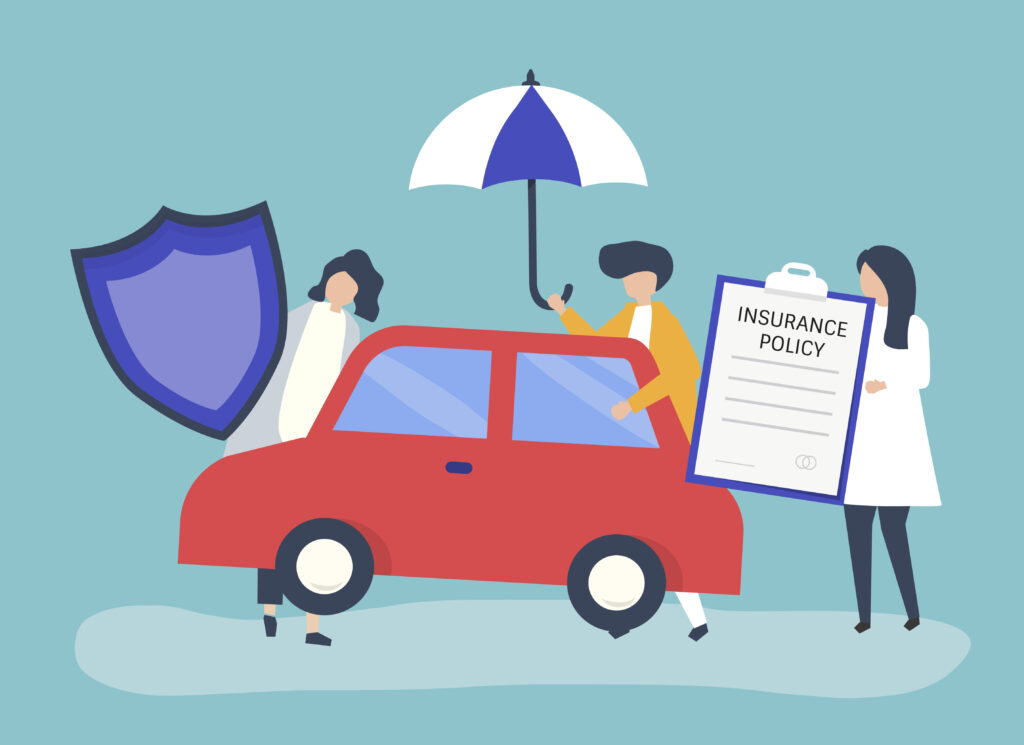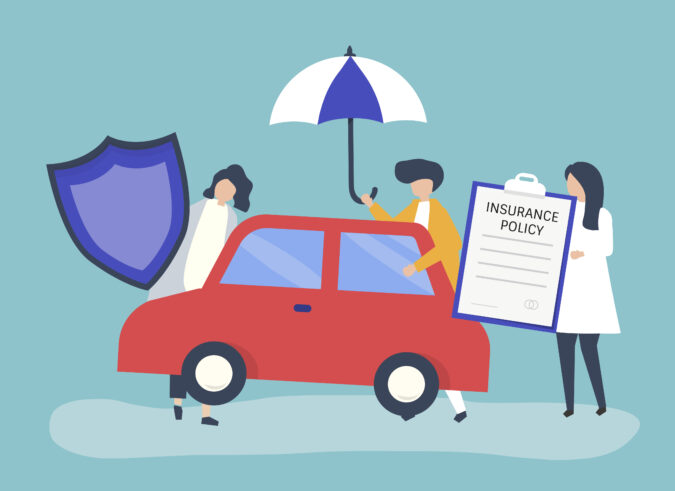
The automobile insurance landscape is experiencing transformative changes with the advent of innovative technologies and data-driven solutions. In this article, we explore the emerging trends in automobile insurance, focusing on usage-based insurance (UBI), telematics, and other advancements reshaping how insurance is priced, purchased, and utilized in the modern era.
**1. *Usage-Based Insurance (UBI):*
Usage-based insurance, also known as pay-as-you-drive or pay-how-you-drive insurance, leverages real-time data to determine premiums. Insurers collect data on driving behavior, including distance traveled, speed, braking patterns, and time of day. Policyholders who demonstrate safe driving habits can benefit from lower premiums, incentivizing responsible driving practices.
**2. *Telematics Technology:*
Telematics devices, often installed in vehicles’ onboard diagnostics ports, collect and transmit data related to driving behavior. This technology allows insurers to assess risk factors accurately, personalize insurance policies, and offer customized pricing. Telematics also provides drivers with feedback on their driving habits, encouraging safer practices on the road.
**3. *Predictive Analytics and AI:*
Insurers are increasingly utilizing predictive analytics and artificial intelligence (AI) algorithms to assess risk and set premiums. These advanced technologies analyze vast datasets to identify patterns and predict potential claims. AI-driven underwriting processes enable insurers to offer more accurate pricing, improving the overall efficiency of the insurance industry.
**4. *Digital Insurance Platforms:*
Digital insurance platforms streamline the insurance purchasing process, allowing consumers to compare quotes, customize coverage, and complete transactions online. These platforms offer convenient and user-friendly interfaces, enabling policyholders to manage their insurance policies, file claims, and access customer support services with ease.
**5. *Cybersecurity and Data Privacy:*
As insurance becomes more data-driven, ensuring the cybersecurity and data privacy of customer information is paramount. Insurers are investing in robust cybersecurity measures to protect sensitive data from cyber threats and unauthorized access. Compliance with data protection regulations, such as GDPR and CCPA, is a key focus for insurance companies.
**6. *Peer-to-Peer (P2P) Insurance:*
Peer-to-peer insurance models enable individuals to form small insurance groups or communities. Members pool their resources and share risks within the community, often facilitated through digital platforms. P2P insurance fosters a sense of trust and community among policyholders, emphasizing transparency and cooperation.
**7. *On-Demand Insurance:*
On-demand insurance models allow consumers to purchase insurance coverage for specific durations or events. For example, individuals can obtain insurance for a short-term rental, a weekend trip, or a specific activity. This flexibility aligns with modern consumers’ preferences for customized, temporary coverage tailored to their immediate needs.
In conclusion, automobile insurance trends are evolving in response to technological advancements, data analytics, and changing consumer behaviors. Usage-based insurance, telematics, predictive analytics, digital platforms, cybersecurity, peer-to-peer insurance, and on-demand models are shaping the future of insurance services. These innovations offer consumers greater customization, transparency, and convenience while enabling insurers to assess risks more accurately and adapt to the dynamic landscape of modern transportation.



